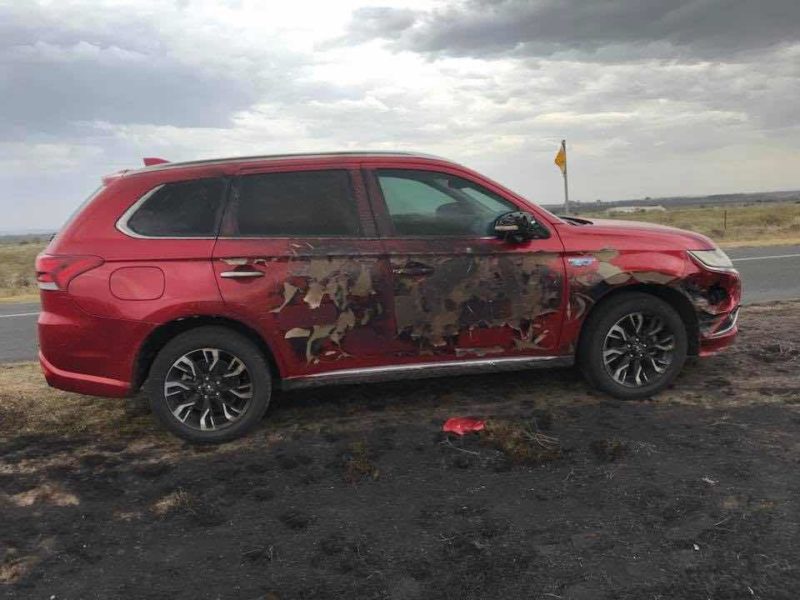It seems that is not just the public who have a low level of understanding when it comes to EVs – this extends to the general automotive journalism field as well.
In a surprising move, the popular weekly automotive newsletter GoAutoNews chose this week to perpetuate an EV urban myth that ‘EVs are a fire hazard’ through their article here.
Using emotive language that included comparing the heat of an EV fire to that of a nuclear reactor (FYI to the article writer: nuclear reactors run at ‘low’ temperatures to boil water and create steam – so “EV fires at 1000 C are running at 3 times the temperature of a nuclear reactor” is scare mongering at its height.
If I wanted to create some reverse spin using cherry picked data misused in an irrelevant context – try “EV fires, at 1000 C, burn at half the temperature of coal fires”). Both data pairings are not only designed to create emotive and negative reactions, they are fundamentally irrelevant.
The article also stated that EV fires burn for long times and are hard to put out. This also misses the point: EV fires are slow to start, enabling occupants to escape more safely – unlike potentially explosive petrol fires.
Overall, they also release no more energy than an ICE vehicle fire – to quote from a recent journal review of electric car fires: “ …. the heat release and hazard of an EV fire are comparable to that of a fossil-fuelled vehicle fire.“
The London fire study used to support the data in the article is also based on 2019 and 2020 figures that uses a very low number of EV fires to create the ‘more than twice the rate of ICE fires’ figure. The data used also does not split out hybrid/PHEV fires from BEV fires.
As shown in the more recent study by US insurance company AutoinsuranceEZ.com (see table 1), this nuance is important as hybrids catch fire twice as often as ICE cars – to lump all EVs together creates a misleading picture.

Tesla also cite statistics of 10 times the distance travelled of an ICE car per vehicle fire. Whilst that statistic would contain a large dose of marketing spin, there is a kernel of truth there – EVs (at least Tesla ones) catch fire less often than ICE ones.
Unfortunately, the GoAutoNews article seems to be based on a press release from a fire blanket company who (surprise, surprise) are marketing a new EV fire blanket. Being a press-release, you expect a bit of hyperbole – but to add data from vehicle shipping fires and sinkings that have not been shown to be at all related to EVs is going too far.
Overall – the bottom line is that EV fires are different, needing different firefighting techniques (as I pointed out in my EV Mythbusting article here). Naturally, some changes to fire protection systems are needed wherever EVs gather – be that in car parks, or ships – as will happen as EVs become more common.
However, EVs do not offer a massively heightened level of fire risk or personal danger (in fact quite likely the opposite) and the general automotive media ought to be more careful in the way it researches and presents EV information – and avoid perpetuating unsupported EV urban myths.

Bryce Gaton is an expert on electric vehicles and contributor for The Driven and Renew Economy. He has been working in the EV sector since 2008 and is currently working as EV electrical safety trainer/supervisor for the University of Melbourne. He also provides support for the EV Transition to business, government and the public through his EV Transition consultancy EVchoice.

